Painting with gold and silver
Artists' Techniques
Gold and silver were used extensively in the decorated initials and for the script which creates a strong visual contrast with the purple background.
The silver has tarnished in most areas. Generally, it has darkened and bled through the parchment, leaving shadowy marks on the reverse of the pages (compare, for example, fols. 73r and 73v).
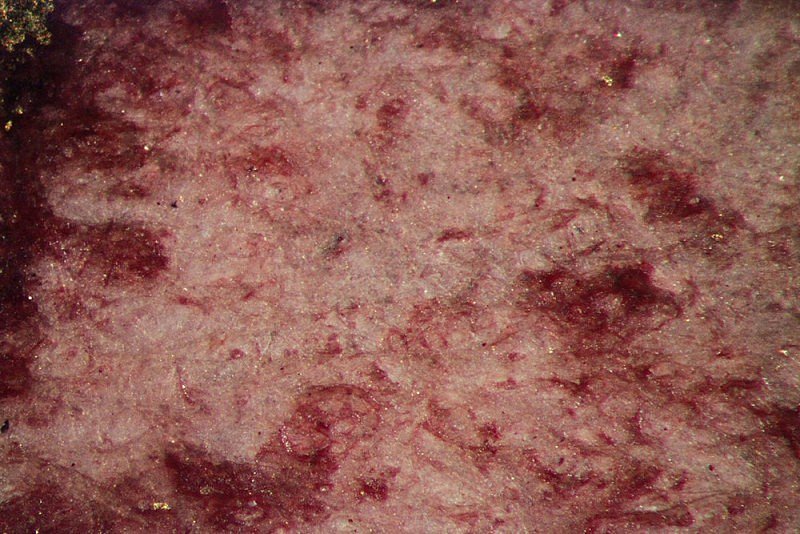
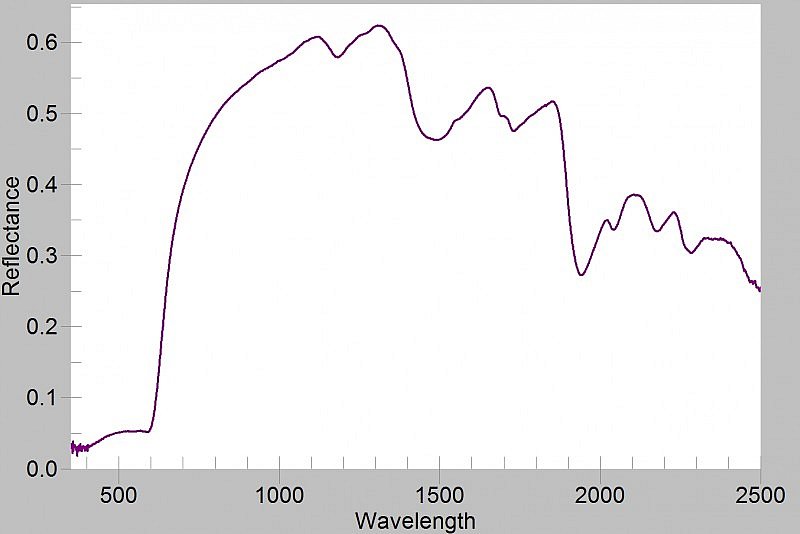
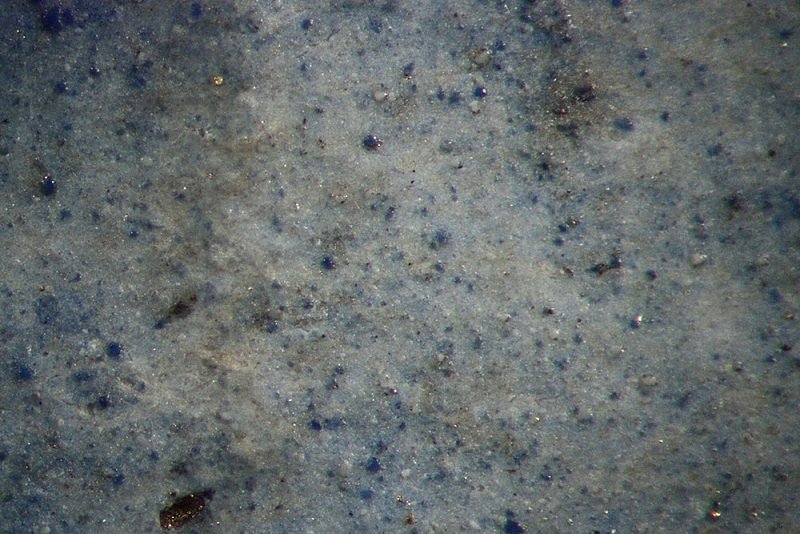
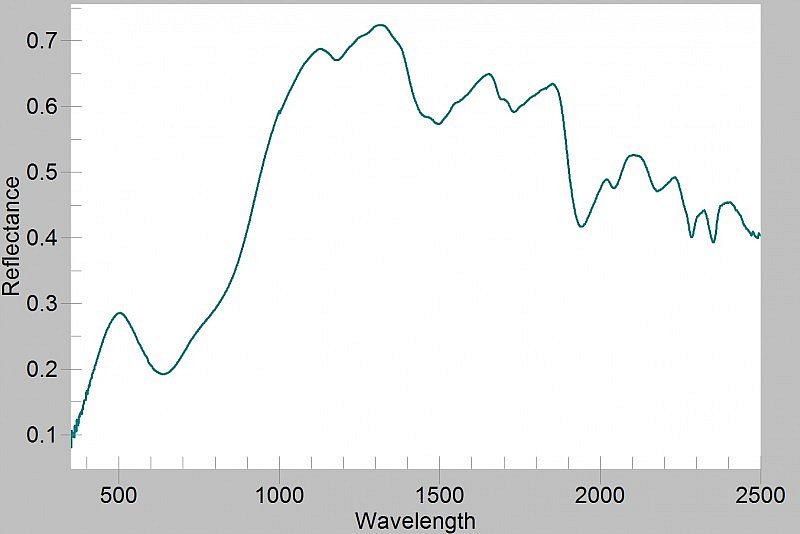
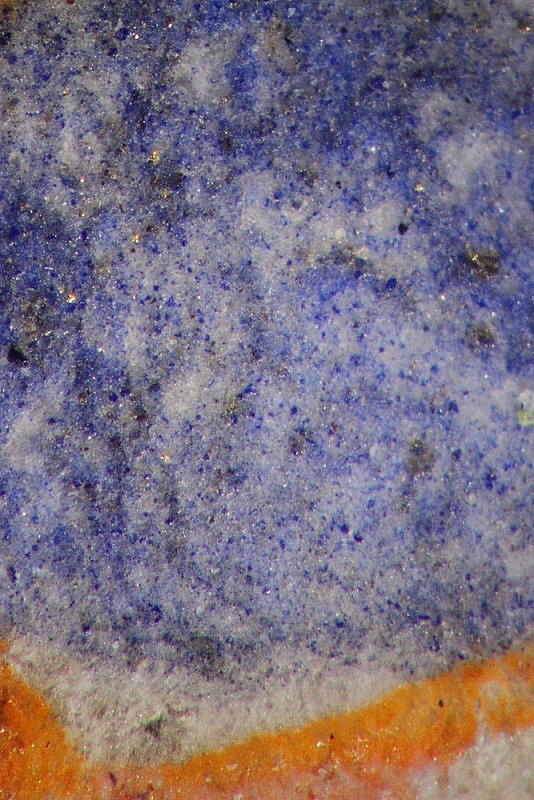
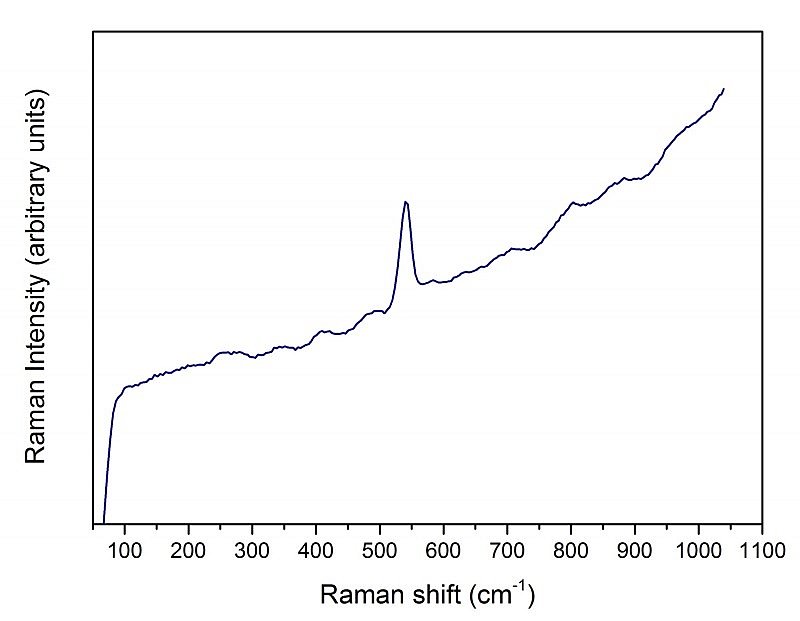
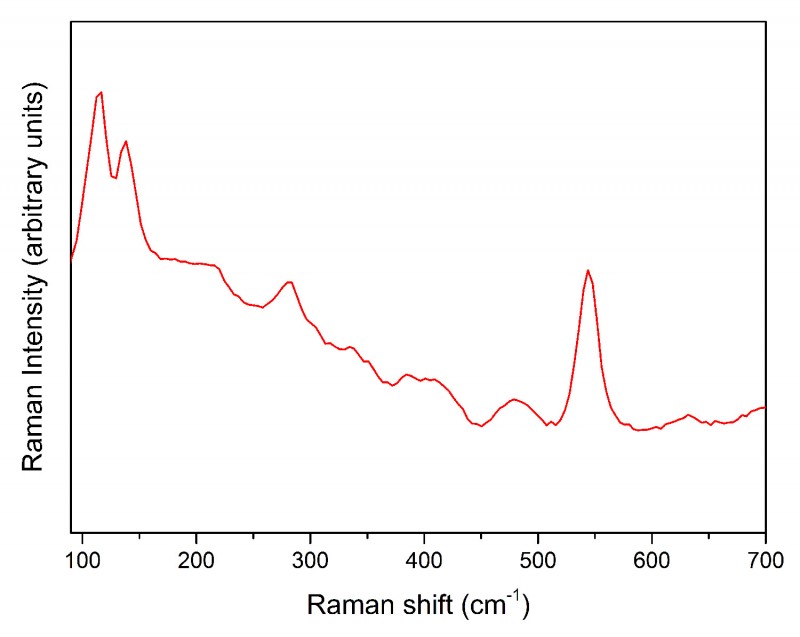
Framed panel with half-page ornamental initial E (Good Friday-Easter Sunday)
The gold letters are set against a background painted unevenly in a lichen-derived organic purple, most likely orchil (hotspot 1). The same purple mixed with lead white provided the pale background of the lower portion of the initial. The striking turquoise in the upper portion was identified as azurite lightened with lead white (hotspot 2). The blue details were painted with the fabulously expensive ultramarine, still scarce in this early period (hotspot 3). The bright orange areas were painted with red lead, which contains traces of massicot, a lead oxide roasted to produce red lead. Indicating an incomplete roasting process, the massicot reveals that the orange pigment was artificially made for this manuscript, rather than sourced from naturally occurring minium (hotspot 4). The combination of mineral and organic, naturally available and specially manufactured, local and imported materials is a measure of the sophisticated tastes and advanced technical skills available in 10th-century Reichenau.